
Ermita: The Heartbeat of Manila's Cultural and Historical Pulse
Discover Ermita in Manila: A blend of historical landmarks, cultural treasures, and vibrant nightlife offering tourists a rich and diverse experience.
Ermita, located in the vibrant city of Manila, Philippines, is a neighborhood that seamlessly blends the old with the new. Known for its rich history, Ermita was once a bustling center during the Spanish colonial period. Today, it stands as a testament to Manila's resilience and evolution, making it a fascinating destination for tourists. Begin your journey at the iconic Rizal Park, also known as Luneta Park. This expansive green space is a tribute to the Philippines' national hero, Dr. Jose Rizal. Here, you can find the Rizal Monument, a must-visit historical landmark. The park also offers serene gardens, open spaces for picnics, and regular cultural performances, providing a perfect starting point for your exploration. A short walk from Rizal Park leads you to the National Museum Complex, home to the country's most significant cultural and historical collections. The National Museum of Fine Arts, the National Museum of Anthropology, and the National Museum of Natural History each offer unique insights into the Philippines' rich heritage. Art enthusiasts will particularly enjoy the works of Juan Luna and Fernando Amorsolo, among others. For those interested in religious history, the Ermita Church, also known as the Archdiocesan Shrine of Our Lady of Guidance, offers a peaceful retreat. This historic church, rebuilt after World War II, stands as a symbol of faith and resilience in the neighborhood. Ermita is also a hub for culinary adventures. From traditional Filipino eateries to international cuisine, the area offers a plethora of dining options that cater to diverse tastes. Don't miss out on trying local favorites like adobo, sinigang, and lechon in nearby restaurants. In addition to its historical and cultural attractions, Ermita is known for its lively nightlife. The neighborhood boasts a variety of bars, clubs, and entertainment venues where you can unwind after a day of exploration. Whether you're looking for a quiet evening with live music or a vibrant dance floor, Ermita's nightlife has something for everyone.
Local tips in Ermita
- Visit Rizal Park early in the morning or late afternoon to avoid the midday heat.
- Wear comfortable shoes as you'll be walking a lot to explore the various sights.
- Bring a camera or smartphone to capture the stunning architecture and historical landmarks.
- Stay hydrated and carry a water bottle, especially when visiting outdoor attractions.
- Try to sample local street food for an authentic culinary experience.
Ermita: The Heartbeat of Manila's Cultural and Historical Pulse
Ermita, located in the vibrant city of Manila, Philippines, is a neighborhood that seamlessly blends the old with the new. Known for its rich history, Ermita was once a bustling center during the Spanish colonial period. Today, it stands as a testament to Manila's resilience and evolution, making it a fascinating destination for tourists. Begin your journey at the iconic Rizal Park, also known as Luneta Park. This expansive green space is a tribute to the Philippines' national hero, Dr. Jose Rizal. Here, you can find the Rizal Monument, a must-visit historical landmark. The park also offers serene gardens, open spaces for picnics, and regular cultural performances, providing a perfect starting point for your exploration. A short walk from Rizal Park leads you to the National Museum Complex, home to the country's most significant cultural and historical collections. The National Museum of Fine Arts, the National Museum of Anthropology, and the National Museum of Natural History each offer unique insights into the Philippines' rich heritage. Art enthusiasts will particularly enjoy the works of Juan Luna and Fernando Amorsolo, among others. For those interested in religious history, the Ermita Church, also known as the Archdiocesan Shrine of Our Lady of Guidance, offers a peaceful retreat. This historic church, rebuilt after World War II, stands as a symbol of faith and resilience in the neighborhood. Ermita is also a hub for culinary adventures. From traditional Filipino eateries to international cuisine, the area offers a plethora of dining options that cater to diverse tastes. Don't miss out on trying local favorites like adobo, sinigang, and lechon in nearby restaurants. In addition to its historical and cultural attractions, Ermita is known for its lively nightlife. The neighborhood boasts a variety of bars, clubs, and entertainment venues where you can unwind after a day of exploration. Whether you're looking for a quiet evening with live music or a vibrant dance floor, Ermita's nightlife has something for everyone.
Iconic landmarks you can’t miss
Rizal Park
Discover Rizal Park, a historical gem in Manila where nature meets culture, offering lush landscapes, rich heritage, and a tranquil escape for every traveler.

José Rizal Monument
Discover the rich history and cultural significance of the José Rizal Monument, a must-see landmark in Manila celebrating the legacy of the Philippines' national hero.

Manila 1945 Historical Marker And Memorial
Discover the Manila 1945 Historical Marker and Memorial, a poignant tribute to the resilience of the Filipino people during World War II, in the heart of Intramuros.
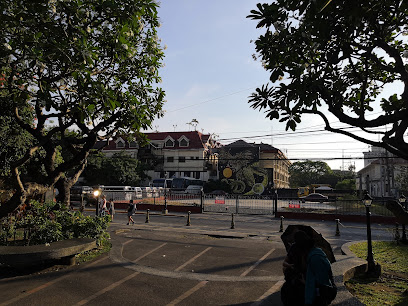
Arch of the Centuries
Discover the rich heritage of the Philippines at the Arch of the Centuries, a historical landmark that embodies the spirit of education and culture.
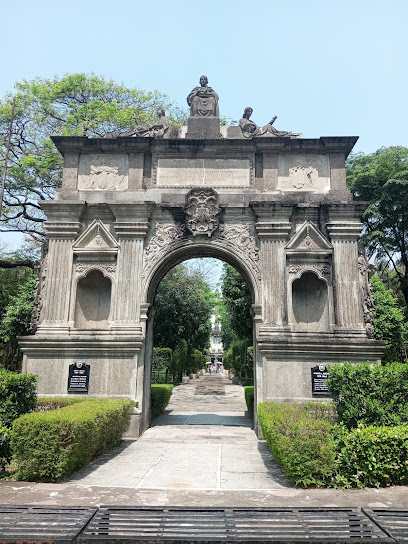
Puerta de Santa Lucia
Experience the rich heritage of the Philippines at Puerta de Santa Lucia, a historical gateway in Intramuros, Manila, blending culture and beauty.
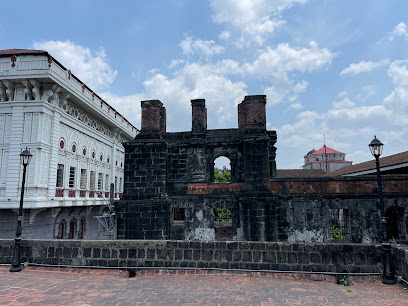
Reducto de San Pedro
Explore Reducto de San Pedro, a historic fortification in Intramuros, Manila, showcasing the Philippines' rich colonial history amidst beautiful gardens.

Binhi ng Kalayaan Monument
Explore the Binhi ng Kalayaan Monument in Manila, a powerful symbol of freedom and Filipino heritage, nestled in the serene Rizal Park.
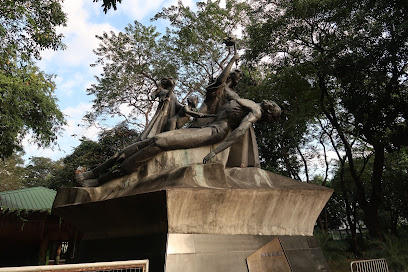
Manuel Acuña Roxas Historical Marker
Experience the rich history of the Philippines at the Manuel Acuña Roxas Historical Marker in Ermita, Manila, a tribute to the nation's first president.
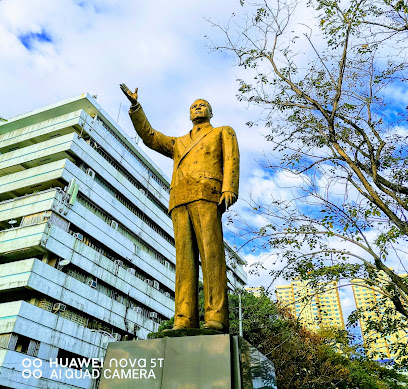
Sa Mga Bayani ng Lungsod ng Maynila Historical Marker
Explore the Sa Mga Bayani ng Lungsod ng Maynila Historical Marker, a tribute to heroes in the heart of Manila's vibrant Ermita district, steeped in rich history.
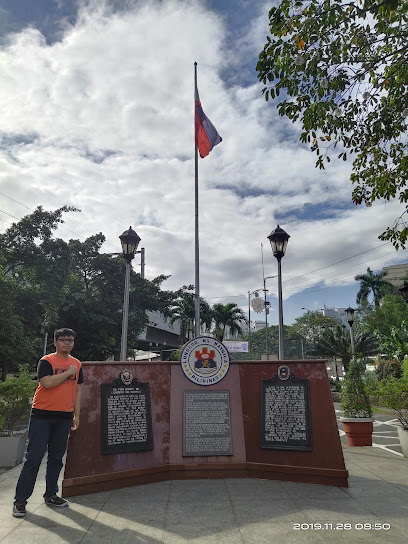
Trece Martires de Bagumbayan Historical Marker
Explore the Trece Martires de Bagumbayan Historical Marker and immerse yourself in the rich history of Filipino nationalism in the heart of Manila.

Unmissable attractions to see
Manila Baywalk Dolomite Beach
Explore Manila Baywalk Dolomite Beach – a stunning urban getaway with beautiful views, vibrant activities, and a taste of local culture.
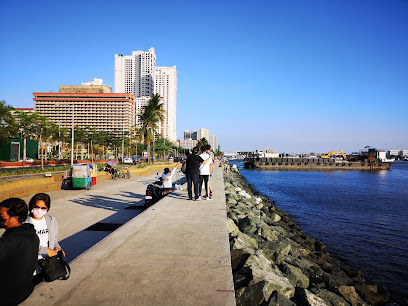
National Museum of Anthropology
Explore the National Museum of Anthropology in Manila, where the rich heritage and diverse cultures of the Philippines come alive through extraordinary artifacts and exhibits.
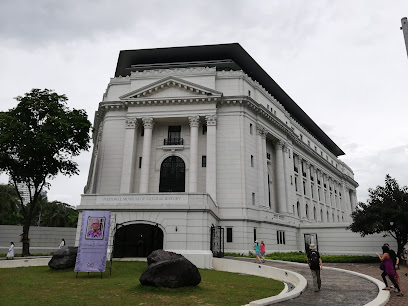
Arroceros Forest Park
Explore the lush beauty of Arroceros Forest Park, Manila's urban oasis, perfect for relaxation, leisurely walks, and nature appreciation.
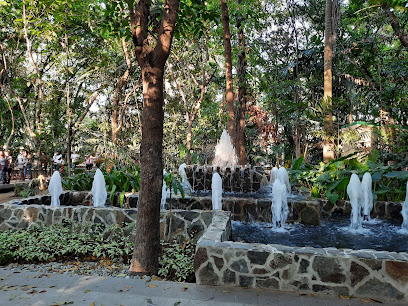
Rizal Park Musical Dancing Fountain
Immerse yourself in the rhythmic splendor of Rizal Park's Musical Dancing Fountain, a vibrant spectacle of water, light, and music in Manila.
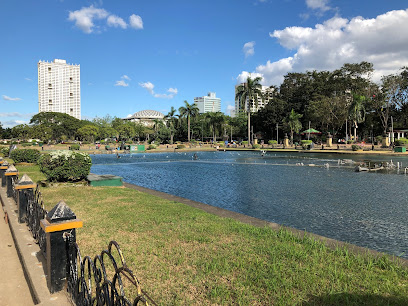
Seri Fantasy World Inc
Unleash your imagination at Seri Fantasy World Inc, a unique museum in Manila offering an enchanting experience for all ages.

Essential places to dine
Harbor View Restaurant
Experience exquisite dining at Harbor View Restaurant with stunning harbor views and a diverse menu showcasing local and international flavors.
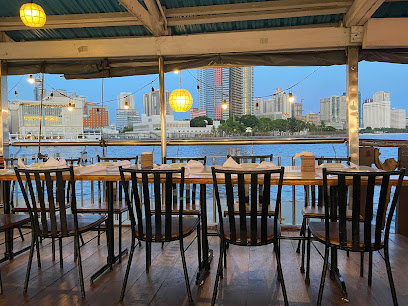
Samgyupsal Party
Experience authentic Korean barbecue at Samgyupsal Party in Ermita, Manila - where grilling meets great company!
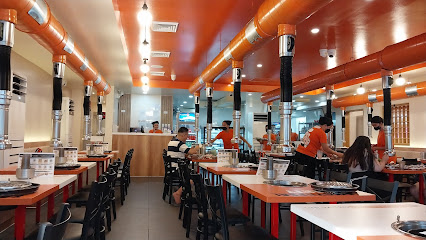
The Aristocrat Restaurant - Robinsons Place Manila
Experience authentic Filipino cuisine at The Aristocrat Restaurant - a culinary icon in Robinsons Place Manila offering a delightful taste of tradition.

Gerry's Robinsons Place Ermita (Gerry's Grill)
Experience the vibrant flavors of Filipino cuisine at Gerry's Grill in Robinsons Place Ermita - a must-visit dining spot for every tourist!
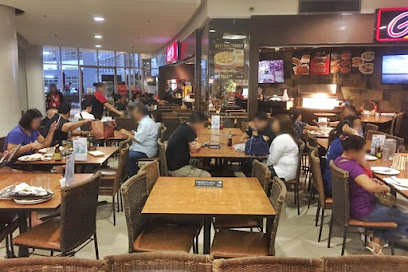
Solidaridad Restaurant
Discover authentic Filipino cuisine at Solidaridad Restaurant in Ermita, Manila - a culinary haven blending tradition with modern comfort.

Arya - Manila - L1 & L2 Robinsons Place Ermita - (Persian Restaurant)
Discover authentic Persian cuisine at Arya in Robinsons Place Manila - where flavor meets tradition in every dish.
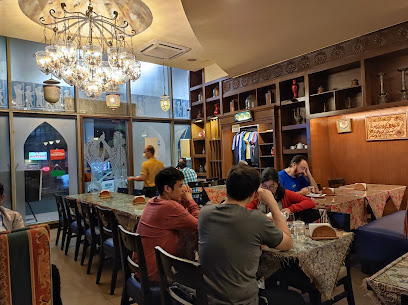
Dakota Cabin
Discover Dakota Cabin in Ermita: A Bistro & Bar Experience Blending Local Flavors with International Delights.
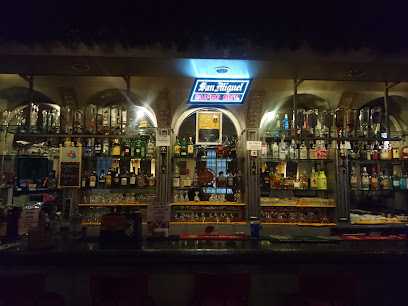
Red Jade - 红玉
Experience authentic Chinese cuisine in an elegant setting at Red Jade - 红玉, located within Manila Hotel.
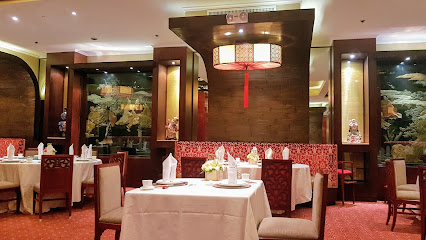
EIC Diners
Experience fine dining at EIC Diners in Ermita, Manila—where exquisite flavors meet elegant ambiance.
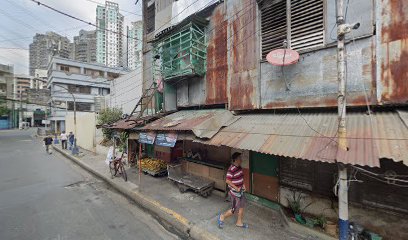
Cilantro by Ibarra's
Discover Cilantro by Ibarra's in Ermita: Where Western flavors meet Filipino hospitality for an unforgettable dining experience.
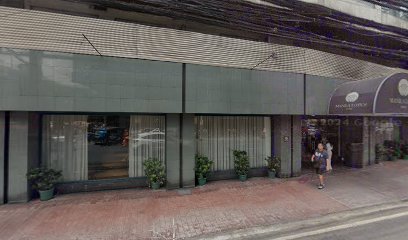
Markets, malls and hidden boutiques
MOP Souvenir Shop
Discover authentic Filipino souvenirs at the MOP Souvenir Shop, a must-visit destination for tourists at Manila Ocean Park.
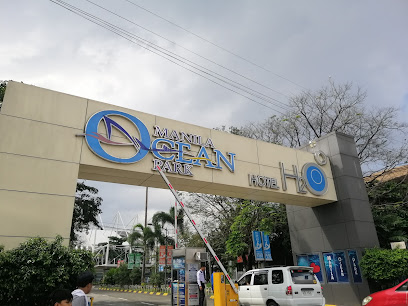
Aurora Plaza
Experience the vibrant shopping scene in Manila at Aurora Plaza, where culture, cuisine, and commerce come together in a lively atmosphere.

Papemelroti Robinson's Place Manila
Explore the artistic charm of Papemelroti Robinson's Place Manila, where unique handcrafted gifts and local artistry come to life.

Papemelroti SM City Manila
Explore Papemelroti SM City Manila for unique handcrafted gifts and home decor that capture the essence of Filipino creativity.
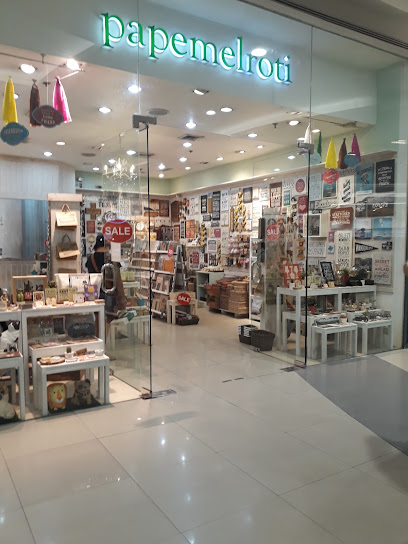
菲律宾
Explore Manila's diverse clothing stores, showcasing local designs and international trends in the heart of the Philippines.

Penshoppe Boutique
Explore the latest fashion trends at Penshoppe Boutique in Manila, where style meets affordability in a vibrant shopping destination.
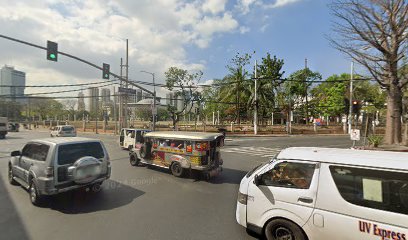
Me & U
Explore Me & U in Ermita, Manila for trendy clothing and accessories that reflect the vibrant local fashion scene.

Robinsons Specialty Stores, Inc.
Explore the vibrant fashion scene at Robinsons Specialty Stores in Ermita, Manila, where local trends meet international styles in a welcoming atmosphere.
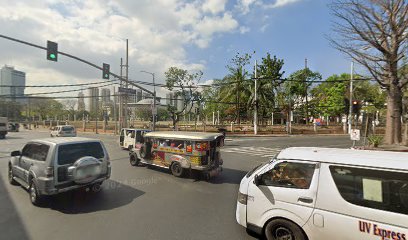
Hermosa Gift Shop
Explore Hermosa Gift Shop for unique Filipino souvenirs and local delicacies that capture the essence of the Philippines.

JRM Gift Shop
Discover unique Filipino souvenirs and local crafts at JRM Gift Shop, your go-to destination in Robinsons Place Manila for memorable keepsakes.
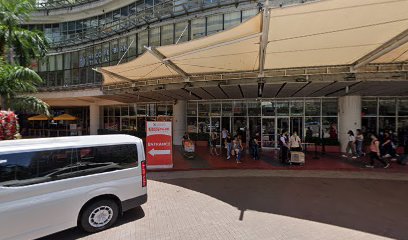
Essential bars & hidden hideouts
LA CAFE
Discover the lively atmosphere of LA CAFE in Ermita, Manila, where delicious food meets vibrant live music for an unforgettable experience.
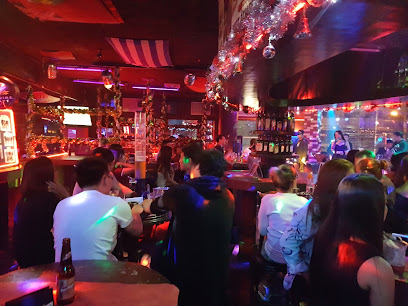
Dusk Till Dawn Bar
Experience the vibrant nightlife of Manila at Dusk Till Dawn Bar, where live music and sports create an unforgettable atmosphere.
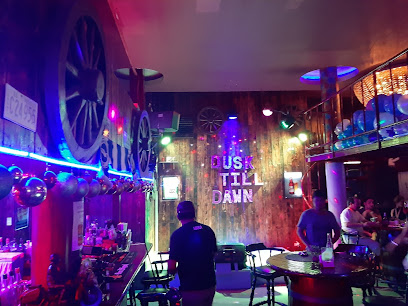
Toshie's Bar And Restaurant
Discover the vibrant charm of Toshie's Bar And Restaurant in Ermita, Manila, where local flavors and a lively atmosphere create unforgettable memories.
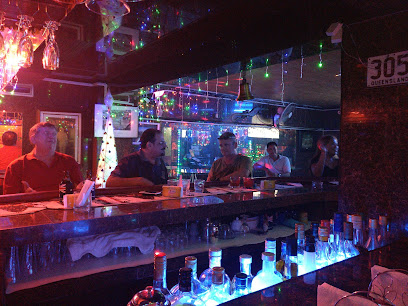
White Moon Bar
Discover the perfect blend of relaxation and excitement at White Moon Bar, nestled within Manila Ocean Park, offering stunning ocean views and delightful flavors.
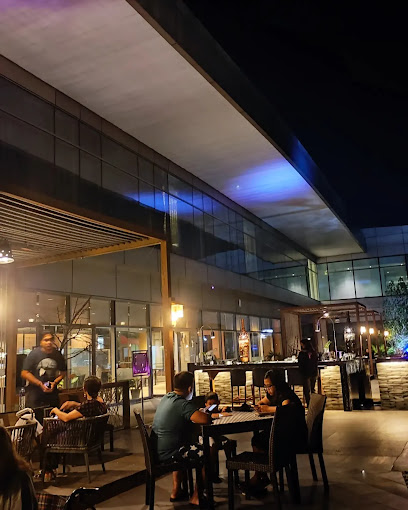
Tap Room
Experience the vibrant atmosphere of the Tap Room, a premier pub in Manila offering local brews and delicious bites in a welcoming setting.

Liquid Bar
Experience the vibrant nightlife at Liquid Bar, a unique pub located in Manila Ocean Park, offering refreshing drinks and lively atmosphere.

Night Sky
Discover Manila's nightlife at Night Sky, a bar where exquisite drinks meet a cozy ambiance under a starlit atmosphere.
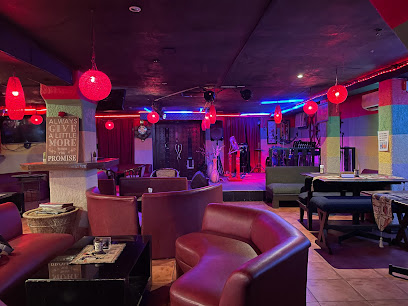
Vin55 Wine Bar & Restaurant
Experience the vibrant atmosphere and exquisite wines at Vin55 Wine Bar & Restaurant in the heart of Ermita, Manila.
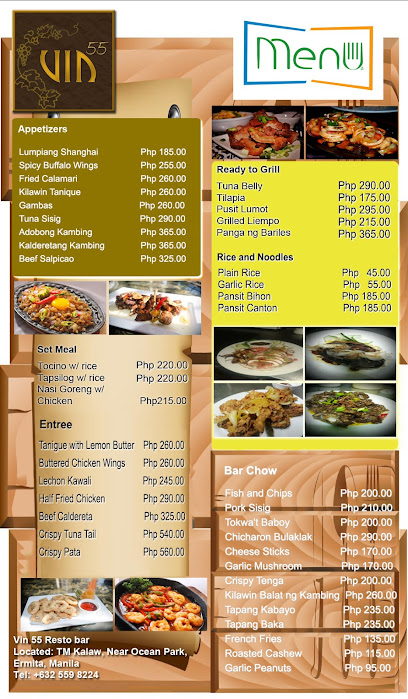
Lovebirds Bar
Discover the romantic ambiance of Lovebirds Bar in Ermita, Manila, where delectable drinks and a lively atmosphere create unforgettable memories.
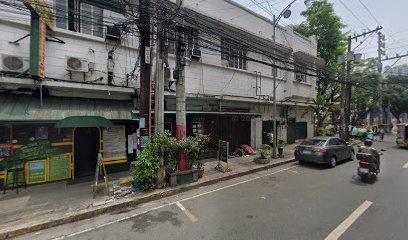
Lola's Pub & Grill
Discover the lively atmosphere, delicious drinks, and friendly service at Lola's Pub & Grill in Ermita, Manila, perfect for an unforgettable night out.
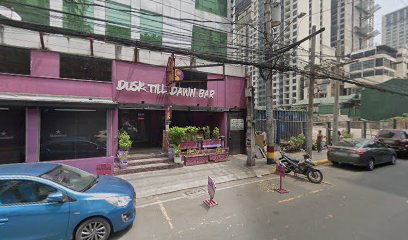
Local Phrases
-
- HelloKamusta
[ka-mus-ta] - GoodbyePaalam
[pa-a-lam] - YesOo
[o-o] - NoHindi
[hin-di] - Please/You're welcomeMangyari po
[man-gya-ri po] - Thank youSalamat
[sa-la-mat] - Excuse me/SorryPaumanhin/Pasensya na
[pau-man-hin/pa-sen-sya na] - How are you?Kamusta ka?
[ka-mus-ta ka] - Fine. And you?Mabuti. Ikaw?
[ma-bu-ti. i-kaw] - Do you speak English?Marunong ka ba mag-Ingles?
[ma-ru-nong ka ba mag-ing-gles] - I don't understandHindi ko maintindihan
[hin-di ko main-tin-di-han]
- HelloKamusta
-
- I'd like to see the menu, pleaseGusto ko pong makita ang menu
[gus-to ko pong ma-ki-ta ang me-nu] - I don't eat meatHindi ako kumakain ng karne
[hin-di a-ko ku-ma-ka-in ng kar-ne] - Cheers!Mabuhay!
[ma-bu-hay] - I would like to pay, pleaseGusto ko pong magbayad
[gus-to ko pong mag-ba-yaad]
- I'd like to see the menu, pleaseGusto ko pong makita ang menu
-
- Help!Tulong!
[tu-long] - Go away!Lumayo ka!
[lu-ma-yo ka] - Call the Police!Tawagin ang Pulis!
[ta-wa-gin ang pu-lis] - Call a doctor!Tawagin ang doktor!
[ta-wa-gin ang dok-tor] - I'm lostNawawala ako
[na-wa-wa-la a-ko] - I'm illMay sakit ako
[may sa-kit a-ko]
- Help!Tulong!
-
- I'd like to buy...Gusto ko bumili ng...
[gus-to ko bu-mi-li ng] - I'm just lookingNagmamasid lang ako
[nag-ma-ma-sid lang a-ko] - How much is it?Magkano ito?
[mag-ka-no i-to] - That's too expensiveMasyadong mahal
[ma-sya-dong ma-hal] - Can you lower the price?Pwede bang magbaba ng presyo?
[pwe-de bang mag-ba-ba ng pres-yo]
- I'd like to buy...Gusto ko bumili ng...
-
- What time is it?Anong oras na?
[a-nong o-ras na] - It's one o'clockAlas-una na
[a-las-u-na na] - Half past (10)Alas-dyes y medya
[a-las-dyes y med-ya] - MorningUmaga
[u-ma-ga] - AfternoonHapon
[ha-pon] - EveningGabi
[ga-bi] - YesterdayKahapon
[ka-ha-pon] - TodayNgayon
[nga-yon] - TomorrowBukas
[bu-kas] - 1Isa
[i-sa] - 2Dalawa
[da-la-wa] - 3Tatlo
[tat-lo] - 4Apat
[a-pat] - 5Lima
[li-ma] - 6Anim
[a-nim] - 7Pito
[pi-to] - 8Walo
[wa-lo] - 9Siyam
[si-yam] - 10Sampu
[sam-pu]
- What time is it?Anong oras na?
-
- Where's a/the...?Nasaan ang...
[na-saan ang] - What's the address?Ano ang address?
[a-no ang ad-dres] - Can you show me (on the map)?Pwede mo ba akong ipakita sa mapa?
[pwe-de mo ba a-kong i-pa-ki-ta sa ma-pa] - When's the next (bus)?Kailan ang susunod na (bus)?
[ka-i-lan ang su-su-nod na bus] - A ticket (to ....)Isang ticket (papuntang...)
[i-sang ticket (pa-pun-tang)]
- Where's a/the...?Nasaan ang...
History of Ermita
-
Ermita's history is deeply intertwined with the Spanish colonial period, beginning in the late 16th century. It was originally a coastal area known for its strategic position near Manila Bay, which made it an essential location for trade and military defense. The establishment of the nearby Intramuros, the walled city, also influenced the growth of Ermita as a residential area for Spanish officials and a center for commerce and culture.
-
In the late 19th century, Ermita began to flourish as a cultural center, attracting artists, writers, and intellectuals. The construction of the Manila Hotel in 1903 and the establishment of several theaters and cultural institutions contributed to its reputation as a vibrant neighborhood. This period marked the emergence of a unique blend of Filipino and Spanish influences, evident in the architecture and lifestyle of the area.
-
During World War II, Ermita was significantly affected by the Japanese occupation of Manila. The area witnessed fierce battles, leading to the destruction of many buildings and loss of life. Post-war reconstruction efforts transformed Ermita, as it became a focal point for rebuilding Manila. The neighborhood gradually regained its status as a popular destination for both locals and tourists.
-
In the latter half of the 20th century, Ermita evolved into an arts and entertainment district, with the establishment of numerous bars, theaters, and art galleries. The area became known for its nightlife and cultural offerings, reflecting the dynamic spirit of Manila. The Cultural Center of the Philippines, located nearby, further solidified Ermita's role as a center for the arts in the Philippines.
-
Today, Ermita is a melting pot of cultures, showcasing a mix of traditional Filipino life and modern urban influences. The neighborhood is home to several historical landmarks, including the San Agustin Church and the Philippine General Hospital. Its proximity to Manila's tourist attractions, such as Rizal Park and the National Museum, makes Ermita a vital part of the city's cultural and historical landscape.
Ermita Essentials
-
Ermita is conveniently located in the heart of Manila and can be accessed from various neighborhoods. From Makati, you can take a taxi or rideshare service, which typically takes around 15-30 minutes depending on traffic. The LRT Line 1 has a station at Pedro Gil, which is close to Ermita, allowing easy access from other areas of Manila. Buses and jeepneys also connect Ermita to surrounding neighborhoods, providing affordable options for travelers.
-
Ermita is a pedestrian-friendly neighborhood with many attractions within walking distance. The LRT Line 1 runs through the area, providing a quick and inexpensive way to travel to other parts of Manila. Local jeepneys, buses, and taxis are also available for longer distances. Bicycle rentals are becoming increasingly popular, and it’s possible to explore the area on two wheels, especially along Manila Bay.
-
While Ermita is generally safe for tourists, it is important to exercise caution. Some areas, particularly darker alleys and less populated streets, can be risky at night. Petty crimes such as pickpocketing can occur in crowded areas like markets or public transport. Always stay aware of your surroundings, and avoid flaunting valuables. The Malate area, adjacent to Ermita, has been known for higher crime rates, particularly targeting tourists.
-
In case of an emergency, dial 911 for police, fire, or medical assistance in the Philippines. There are hospitals and clinics in and around Ermita, such as Manila Doctors Hospital. It is recommended to have travel insurance covering medical emergencies. For minor health needs, local pharmacies are available throughout the neighborhood.
-
Fashion: Do dress modestly when visiting religious sites like the San Agustin Church. Don't wear overly revealing clothing in public areas. Religion: Do respect local customs and be mindful when taking photos in places of worship. Public Transport: Do give up your seat for the elderly or disabled. Don't eat or drink on public transport. Greetings: Do greet people with a smile and a friendly 'Hello'. Don't assume a handshake is welcome without first gauging the situation. Eating & Drinking: Do try local specialties such as street food. Don't refuse food offered to you, as it's considered impolite.
-
To experience Ermita like a local, explore the vibrant street food scene along Rizal Park and try local delicacies. Visit the local markets for fresh produce and traditional crafts. Engage with the locals, who are often welcoming and happy to share stories about their culture. Don’t miss the chance to stroll along Manila Bay at sunset for a picturesque view, and consider visiting the nearby Cultural Center of the Philippines for local art and performances.
Trending Landmarks in Ermita
-
Rizal Park
-
José Rizal Monument
-
Manila 1945 Historical Marker And Memorial
-
Arch of the Centuries
-
Puerta de Santa Lucia
-
Reducto de San Pedro
-
Binhi ng Kalayaan Monument
-
Manuel Acuña Roxas Historical Marker
-
Sa Mga Bayani ng Lungsod ng Maynila Historical Marker
-
Trece Martires de Bagumbayan Historical Marker
Nearby Cities to Ermita
-
Things To Do in Tagaytay
-
Things To Do in Angeles City
-
Things To Do in Subic
-
Things To Do in Baguio
-
Things To Do in Sagada
-
Things To Do in Boracay
-
Things To Do in Vigan
-
Things To Do in Legazpi
-
Things To Do in Ilocos Norte
-
Things To Do in Cebu City
-
Things To Do in Puerto Princesa
-
Things To Do in Bohol
-
Things To Do in Palawan
-
Things To Do in Batanes
-
Things To Do in Camiguin












